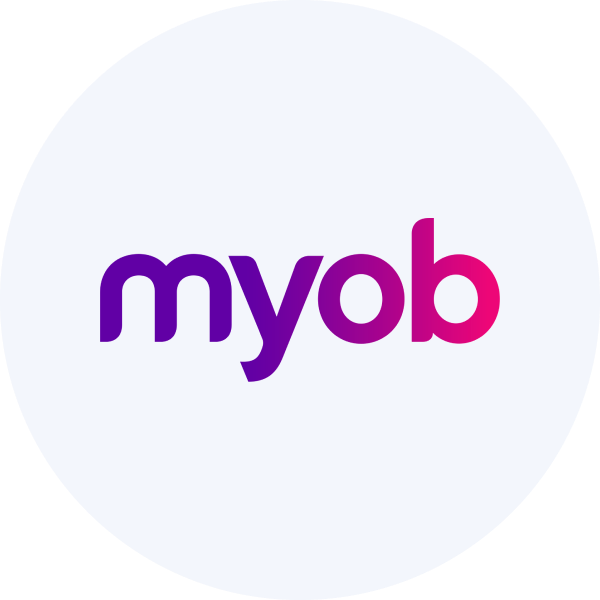Accounts receivable overview
Assessing debtor risk in real time with accounts receivable insights
Our accounts receivable feature offers a thorough breakdown of a borrower's debtors ledger sourced from their accounting software. You can examine the ledger in its entirety or delve into specific customer histories, enabling full automation of the receivables financing process.
Use cases
Common uses of our accounts receivable feature include:
-
Digital data collection: get an ongoing feed of customer invoices.
-
Debtor risk analysis: gain insights into a debtor's history, including customer details and comprehensive relationship history spanning invoices, payments, and credit notes.
-
Invoice reconciliation: automatically match invoice payments with bank transactions.
-
Collections performance evaluation: assess customer payment timeliness, gauge bad debt levels, and monitor outstanding customer receivables balances.
Feature components
Feature enrichments
Reconciled invoices
The reconciled invoices component of this feature streamlines the often tedious and error-prone process of matching invoice payments with bank transactions. By automating this crucial task, it ensures that lenders can confidently validate the accuracy and authenticity of invoice payments in real time, minimizing the risk of errors and fraud.
A quick and easy test is to filter for invoices that have a status of ‘Paid’ but do not have a matching bank transaction.
Call our List reconciled invoices endpoint to use this feature component. You must have both an accounting and a banking source connected.
Supported outputs
You can retrieve the data read and enriched by the feature by downloading a report in an Excel format or calling the accounts receivable endpoints of our API.
For example, invoice finance providers looking to reduce their risk can use the List reconciled invoices endpoint to evaluate an SMBSMB The primary customer segment that Codat helps businesses serve, typically companies with annual revenues under $500 million.'s customers ability to repay.
- TypeScript
- Python
- C#
- Go
type CustomerDetails {
id: string;
name: string;
}
const invoicesResponse = await lendingClient.accountsReceivable.invoices.listReconciled({
companyId: companyId,
query: 'status=Paid'
});
if(invoicesResponse.statusCode != 200){
throw new Error("Could not get reconciled invoices")
}
// Get all fully reconciled invoices
const reconciledInvoices = invoicesResponse.enhancedInvoicesReport.reportItems.filter(x => {
reconciledTotal = x.payments.reduce((sum, current) => sum + current.amount, 0);
return x.totalAmount === reconciledTotal;
})
// Get customer details:
const customers: CustomerDetails[] = reconciledInvoices.map(x => {
id: x.customerRef.id,
name: x.customerRef.customerName
});
@dataclass
class CustomerDetails:
id: str
name: str
# Get all fully reconciled invoices
invoices_request = operations.ListReconciledInvoicesRequest(
company_id=company_id,
query='status=Paid'
)
invoices_response = lending_client.accounts_receivable.invoices.list_reconciled(invoices_request)
if invoices_response.status_code != 200:
raise Exception('Could not get reconciled invoices')
# Get customer details for fully reconciled invoices:
customers = []
for invoice in invoices_response.enhanced_invoices_report.report_items:
reconciled_total = sum(x for x in invoice.payments)
if invoice.total_amount == reconciled_total:
customers.append(CustomerDetails(
id=invoice.customer_ref.id,
name=invoice.customer_ref.customer_ame
))
public record CustomerDetails(string Id, string Name);
var invoicesResponse = await lendingClient.AccountsReceivable.Invoices.ListReconciledAsync(new() {
CompanyId = companyId,
Query = "status=Paid"
});
if(invoicesResponse.StatusCode != 200){
throw new Exception("Could not get reconciled invoices");
}
// Get customer details for fully reconciled invoices:
var customers = invoicesResponse.EnhancedInvoicesReport.ReportItems.Where(x =>
x.payments.Sum(y => y.Amount) == x.TotalAmount)
.Select(x => new CustomerDetails(x.CustomerRef.Id, x.CustomerRef.CustomerName);
type CustomerDetails struct {
Id string
Name string
}
ctx := context.Background()
invoicesResponse, err := lendingClient.AccountsReceivable.Invoices.ListReconciled(
ctx,
operations.ListReconciledInvoicesRequest{
CompanyID: companyID,
Query: "status=Paid"
})
if invoicesResponse.StatusCode == 200 {
// Get customer details for fully reconciled invoices:
customers = []CustomerDetails{}
for _, invoice := invoicesResponse.EnhancedInvoicesReport.ReportItems {
reconciledTotal := 0.0
for _, payment := invoice.payments {
reconciledTotal += payment.Amount
}
if reconciledTotal == invoice.TotalAmount {
customers = append(customers, CustomerDetails{})
}
}
}
Get started
Once you have the Lending solution enabled, configure your instance to work with our accounts receivable feature.
Configure data sourcesData source An external platform (such as QuickBooks, Xero, or a bank) that Codat integrates with to pull or push financial data.
Follow the respective guides to set up and enable at least one accounting and one banking integration that will serve as a data sourceData source An external platform (such as QuickBooks, Xero, or a bank) that Codat integrates with to pull or push financial data. for the accounts receivable feature:
Accounting
Banking
Enable data types and syncSync The process of fetching the latest data from a connected data source. Syncs can be triggered manually or run automatically on a schedule. schedule
See how to enable data types and ensure the following data types have been switched on:
- Customers
customers - Invoices
invoices - Payments
payments - Credit Notes
creditNotes - Account transactions
accountTransactions - Direct costs
directCosts - Direct incomes
directIncomes - Transfers
transfers - Accounts
banking-accounts - Transactions
banking-transactions
Configure the solution to refresh data when you need it by setting a synchronization frequency. We recommend setting it to a daily or a monthly syncSync The process of fetching the latest data from a connected data source. Syncs can be triggered manually or run automatically on a schedule..
Configure webhooksWebhook An automated notification sent from Codat to your application when specific events occur, such as when data syncs complete or connections change status.
We recommend you configure webhook consumers with the following event types to manage your data pipelines. These webhooksWebhook An automated notification sent from Codat to your application when specific events occur, such as when data syncs complete or connections change status. send a message for each dataType separately.
-
Dataset status has changed to an error state
This means an issue has occurred when syncing the specified data type. Resolve the issue and initiate the sync for this dataset again.
-
This means data has been updated for the specified data type. This can include new, updated, or deleted data. You should then refresh the data in your platform.












